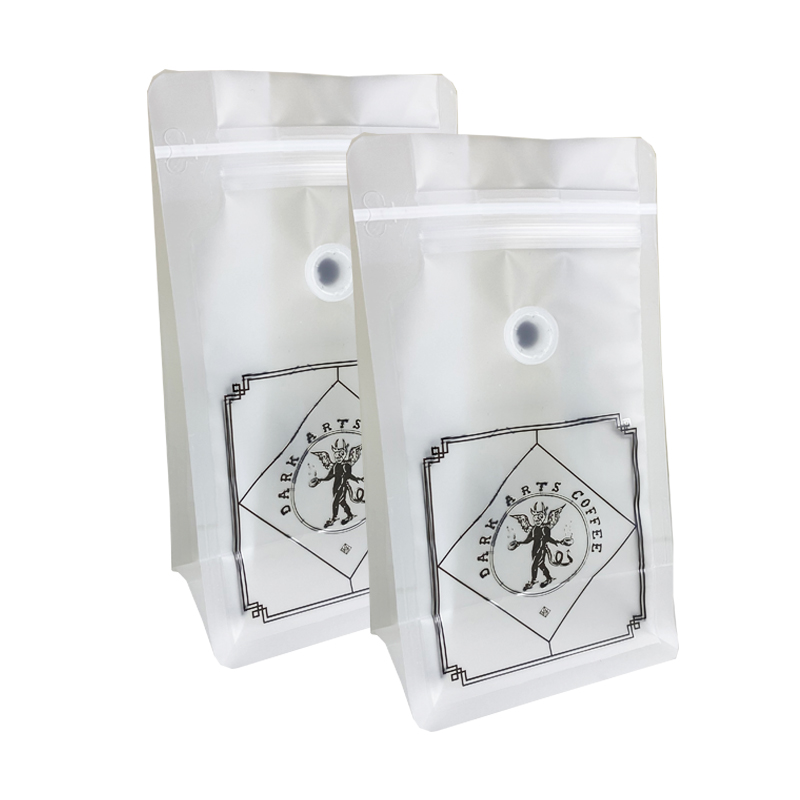As a printing material, plastic film for food packaging bags has a relatively short history. It has the advantages of lightness, transparency, moisture resistance, oxygen resistance, airtightness, toughness and folding resistance, smooth surface, and protection of goods, and it can reproduce the shape of the product. and color. With the development of petrochemical industry, there are more and more varieties of plastic films. Commonly used plastic films are polyethylene (PE), polyester aluminized film (VMPET), polyester film (PET), polypropylene (PP), nylon, etc.
The properties of various plastic films are different, the difficulty of printing is also different, and the uses as packaging materials are also different.
Polyethylene film is a colorless, tasteless, odorless, translucent non-toxic thermal insulation material, which is widely used in bag making. It is an inert material, so it is more difficult to print and must be processed to print better.
Aluminized film has both the characteristics of plastic film and the characteristics of metal. The surface of the film is coated with aluminum to protect against light and UV radiation, which not only extends the shelf life of the content, but also increases the brightness of the film. It replaces aluminum foil to a certain extent, and has the advantages of low cost, good appearance and good barrier properties. Aluminized films are widely used in composite packaging. It is mainly used in the packaging of dry and puffed foods such as biscuits, and the outer packaging of some medicines and cosmetics.
The polyester film is colorless and transparent, moisture-proof, air-tight, soft, high-strength, resistant to acid, alkali, oil and solvent, and is not afraid of high and low temperature. After EDM treatment, it has good surface fastness to ink. For packaging and composite materials.
Polypropylene film has gloss and transparency, heat resistance, acid and alkali resistance, solvent resistance, abrasion resistance, tear resistance and good gas permeability. It cannot be heat sealed below 160°C.
Nylon film is stronger than polyethylene film, odorless, non-toxic, and impervious to bacteria, oils, esters, boiling water and most solvents. It is generally used for load-bearing, abrasion-resistant packaging and retort packaging (food reheating) and allows printing without surface treatment.
Printing methods for plastic films include flexographic printing, gravure printing and screen printing. Printing inks require high viscosity and strong adhesion, so the ink molecules adhere tightly to the dry plastic surface and are easily separated from the oxygen in the air to dry. In general, ink for plastic film for gravure printing is composed of a synthetic resin such as primary amine and an organic solvent containing alcohol and pigment as main components, and a volatile dry ink is formed through sufficient pulverization and dispersion to form a colloidal fluid with good fluidity. It has the characteristics of good printing performance, strong adhesion, bright color and quick drying. Suitable for printing with a concave print wheel.
Hope this article can help you and let you learn more about packaging.
Post time: Jun-16-2022










